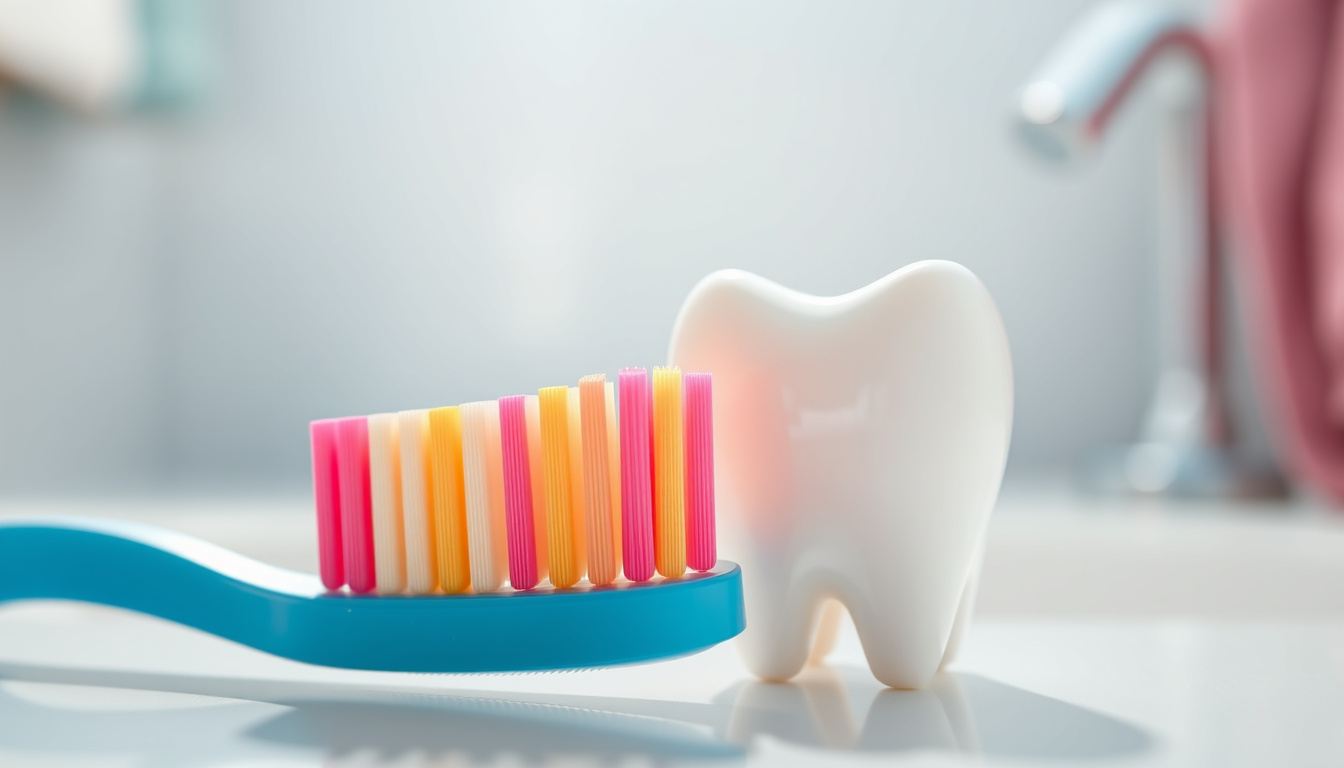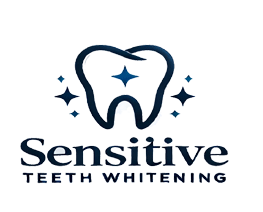
Oral hygiene builds overall health. Picking the right toothbrush is a key step to keep a bright smile and stop dental issues. Many folks choose soft-bristle toothbrushes for their care. This article explains why soft-bristle brushes work well in your dental routine.
Understanding Soft-Bristle Toothbrushes
Soft-bristle toothbrushes use bristles that care for your gums and enamel. Hard or medium brushes may hurt where your mouth is sensitive. Soft bristles remove plaque and food bits while keeping your mouth safe.
Key Advantages of Soft-Bristle Toothbrushes
-
Gentle on Gums
Soft bristles clean teeth with a mild touch. They suit people with sensitive gums or gum issues. Their soft feel stops bleeding and swelling. Brushing feels calm and easy. -
Effective Plaque Removal
Soft brushes clean plaque well. Studies show that soft bristles work as well as stiffer ones when you use the right technique. Use light pressure and small circles. This method pairs well with soft bristles. -
Prevention of Enamel Erosion
Hard brushes can wear down enamel. Enamel loss cannot be fixed and may lead to dental troubles later. Soft brushes keep enamel safe while cleaning every spot. -
Comfortable for All Ages
Soft brushes suit kids and adults alike. Their mild design helps kids brush with no pain. Older users also feel less discomfort. Those with gum sensitivity can brush with ease. -
Access to Hard-to-Reach Areas
Soft bristles flex to reach small spaces. They remove food bits and plaque that stiffer brushes might miss. Choose a soft brush with a head that moves well around your molars and tight spots.
Choosing the Right Soft-Bristle Toothbrush
Not every soft-bristle brush is the same. When you pick one, look at these parts:
- Head Size: A small head can reach inner spots.
- Handle Comfort: A good grip gives you better control.
- Brand Reputation: Trust brands known for quality.
Incorporating a Soft-Bristle Toothbrush into Your Oral Care Routine
To keep your mouth healthy, add a soft-bristle brush to your routine. Try these tips:
- Brush twice a day for two minutes each time.
- Use fluoride toothpaste to help with cavities.
- Replace your brush every three to four months or when bristles wear out.
- Clean your tongue to remove extra germs.
Conclusion
Using a soft-bristle toothbrush can boost your dental care routine. These brushes work with a mild touch while cleaning well. With the right technique and good tools, you get a healthy mouth and a bright smile. Switch to a soft-bristle brush today and feel the change in your daily care.




